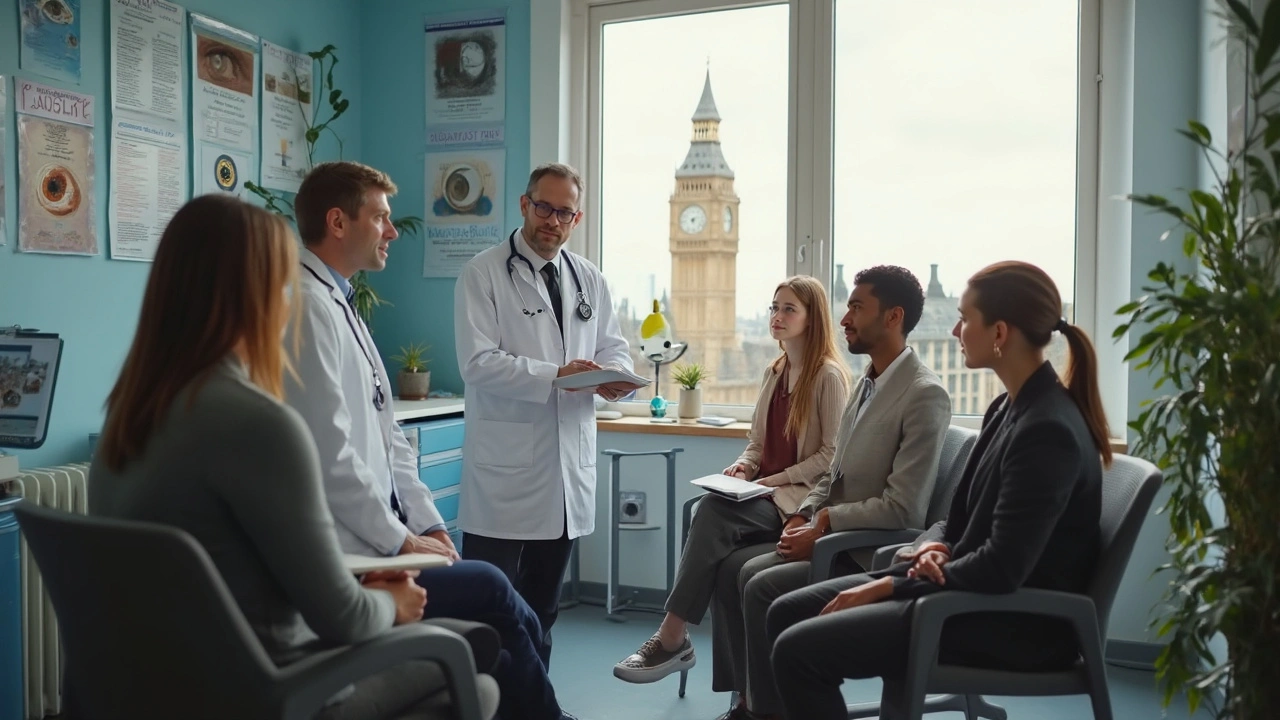Vision Correction: Choose the Right Solution for Your Eyes
If you’re tired of squinting or dealing with blurry spots, you’ve probably thought about fixing your vision. The good news is there are several ways to clear things up – from classic glasses to high‑tech laser surgery. Below we’ll break down each option so you can pick what feels right for your daily routine and budget.
Glasses and Contact Lenses: Simple, Proven Fixes
Glasses are the oldest, easiest answer. You just need a prescription and frames that match your style. Modern lenses can block UV light, reduce glare, or even help with digital eye strain – all without surgery. If you prefer not to wear anything on your face, contacts are a solid alternative. Daily disposables keep hygiene simple, while monthly lenses cost less over time.
Both glasses and contacts let you adjust the prescription as your vision changes. That flexibility is useful because most people need a new prescription every couple of years. The biggest trade‑off is that you have to remember them every day – but many find it worth the convenience compared with surgery.
Laser Eye Surgery: A Long‑Term Fix
Laser procedures like LASIK or PRK reshape the cornea so light focuses correctly on the retina. The result is often 20/20 vision without glasses or contacts. Most patients recover quickly, and today’s machines are precise enough to handle a wide range of prescriptions.
The main downsides are cost and eligibility. You need healthy eyes, stable prescription (usually for at least a year), and enough corneal thickness. A thorough exam will tell you if you qualify. If you’re happy with glasses or contacts, surgery might feel like an unnecessary risk, but many people love the freedom it brings.
When deciding, think about your lifestyle. Do you play sports where glasses get in the way? Are you comfortable handling contact lenses daily? Or do you want a one‑time fix and are ready for the upfront price? Write down the pros and cons of each method, talk to an eye doctor, and weigh the cost against how much you’ll use the solution.
Regardless of which path you choose, keep your eyes healthy with regular check‑ups. Even if you go laser, you’ll need a follow‑up exam every few years. And if you stick with glasses or contacts, replace them as recommended to avoid eye strain.


